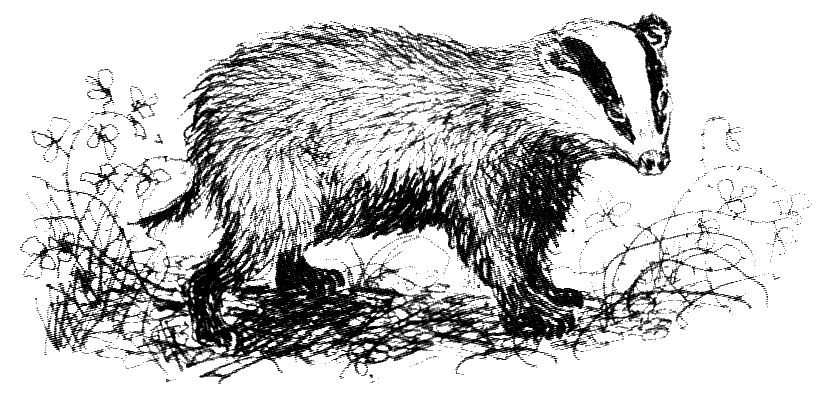Ghosts and zombies.

The terms ghosts and zombies often feature in films or TV programmes, but across the country the terms can also be applied to many hundreds, possibly thousands of lost and abandoned ponds. Ponds have featured in the landscape for centuries or millennia. Pingos - formed in the depressions left after the last ice age.
The middle of the C20th saw not only the destruction of many hedgerows, but the removal of many ponds. This was particularly true in farming areas like East Anglia. The strategy was to increase field size and allow access of complex machinery that was becoming available at that time; for example large combine harvesters. Whilst the loss of the hedgerows and associated wildlife is well documented, the loss of ponds has not attracted so much attention.
Many hundred of ponds were filled in (often using the debris and material from the destruction of the hedgerows), to give a few more metres of arable land, and with machinery replacing horses the need for ‘watering holes’ diminished. The infilled ponds are sometimes referred to as ghost ponds. The location of these 'ponds' can sometimes be found
- By studying old ordnance survey (or tithe) maps or
- They may be visible using aerial photography / drones and picking up a different colour or shade of the crop growing in a field
- Noticing the accumulation of water after heavy rain in a slight depression, or a mist hovering over a particular part of a field
A zombie pond is somewhat different. It is a pond or very wet, marsh area which is shadowed by a tree canopy. The pond has filled over many, many years with dead leaves, so that it has a deep layer of decomposing organic material. The pond margins is generally overgrown, with willow and other vegetation where have begun to ‘invade’. The pond is half dead / half alive, hence the term 'zombie'. The area / water becomes anaerobic / anoxic, as the dead leaves rot and use up oxygen. Few life forms call it home - perhaps midge larvae or the occasional beetle. Indeed, such ponds may release not only carbon dioxide but also methane; the latter is a particularly potent greenhouse gas. Zombie ponds may be found in woodlands, particularly where active management has fallen by the wayside.

However, not all is lost, both ghost and zombie ponds can be resurrected. In the case of ghost ponds, the infilling material / soil is dug out until the original base layer is reached. This may be recognised by the dark, fine silt layer / sediment, which may contain the remnants of water snail shells. Ideally, the excavation should mirror the original outline of the pond. This may be determined in part by digging two trenches at right angles to each other. Details of the restoration procedure may be found here.
Freshly excavated ghost ponds should be left to fill with rainwater through the winter months, and left for plants and animal to colonise naturally. Amazingly, several pond restoration projects have demonstrated that the original silt layer of the pond is a valuable seedbed of many aquatic and emergent plant species, even though the seeds may have lain there dormant for decades , possibly centuries. The refreshed pond should also have a surrounding margin of land to separate it from any adjacent farmland activities - to prevent nutrient run off / pesticide application etc. Further details of the restoration of lost ponds can be found at:-
- https://norfolkponds.org/
- https://www.ucl.ac.uk/geography/news/2023/nov/bringing-ghost-ponds-back-life
- https://www.essexwt.org.uk/recovering-lost-ponds
In the case of zombie ponds, there is a similar approach to restoration but it begins with the cutting back and / or removal of trees from around the pond to let light in. Then the layers of rotting leaves / organic materials are scooped out, so that the original sediments of the pond are exposed. The depth of the decomposing material may be quite significant. However, with light pouring in and the rotting material removing the pond can soon develop a diverse community of plants (from the seedbed and pond 'visitors' e.g water-crowfoot, stoneworts, and animals). The restoration / renewal of ponds in fields, meadows or woodlands makes a significant contribution to the biodiversity of an area.
There is an excellent video about the restoration of ghost and zombie ponds on YouTube, featuring Professor Carl Sayer (UCL). Professor Sayer grew up in Norfolk, where many of these ‘hidden’ / lost ponds are to be found. Visit the Razor Science Show “Bringing 'ghost' and 'zombie' ponds back from the dead”. [https://youtu.be/SYkbDdaUMBY?si=gd2jbfxk4iXLSFL5]

Leave a comment